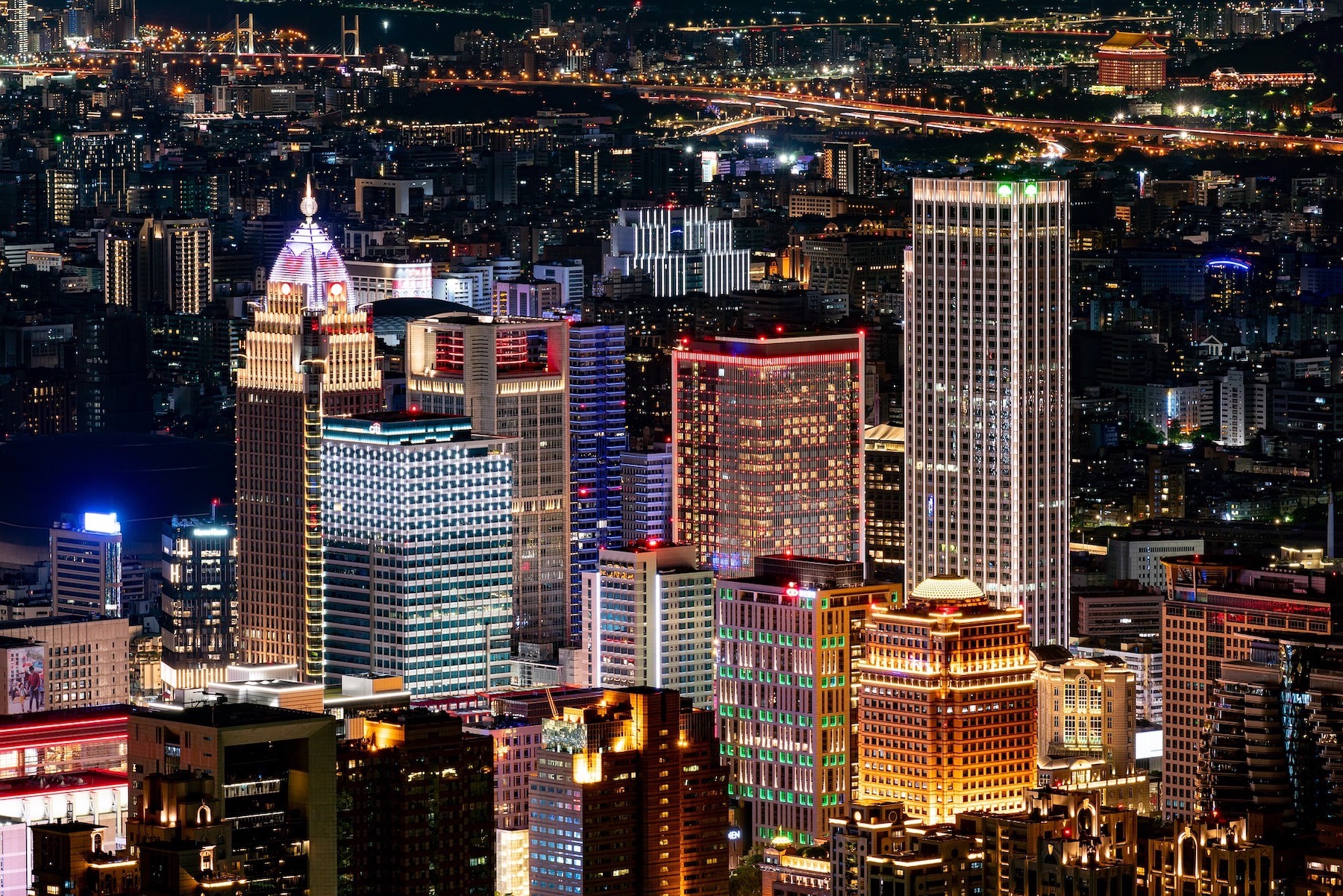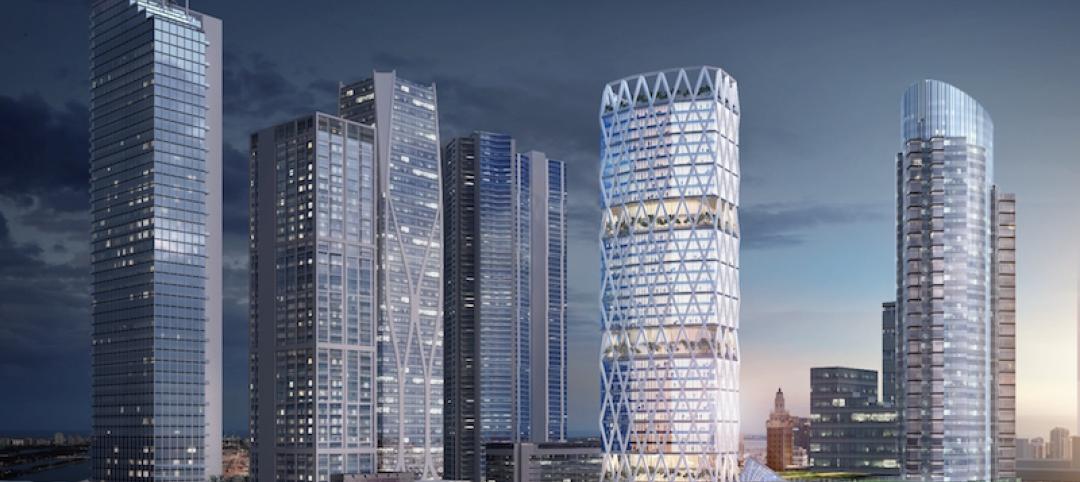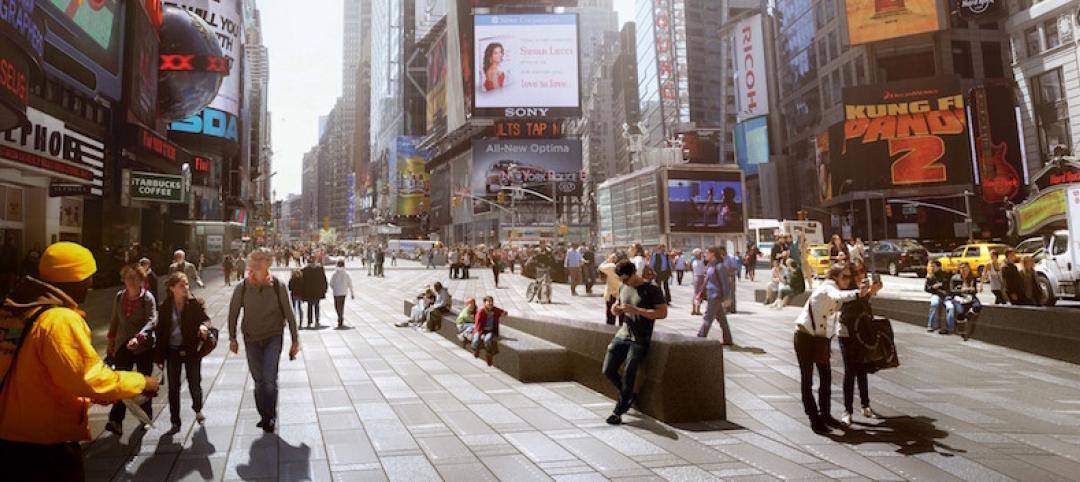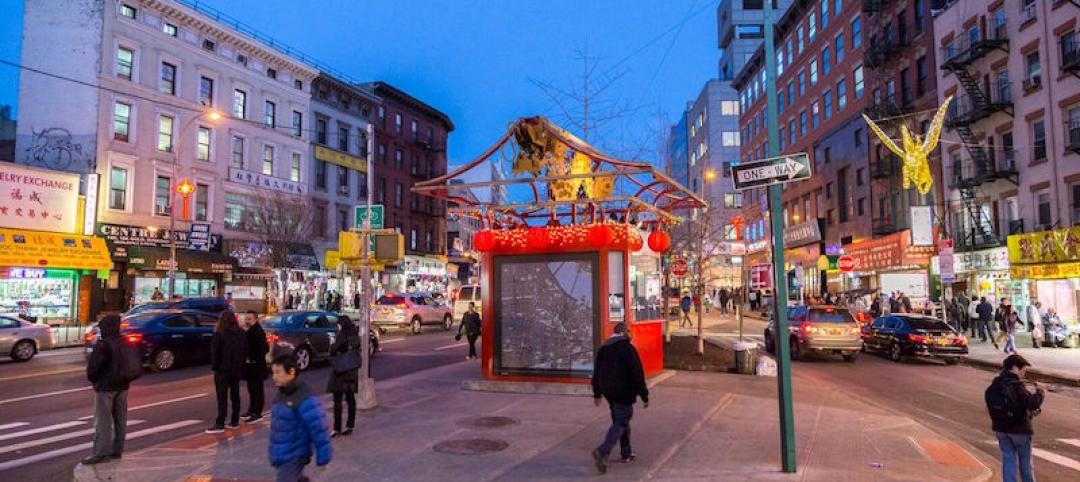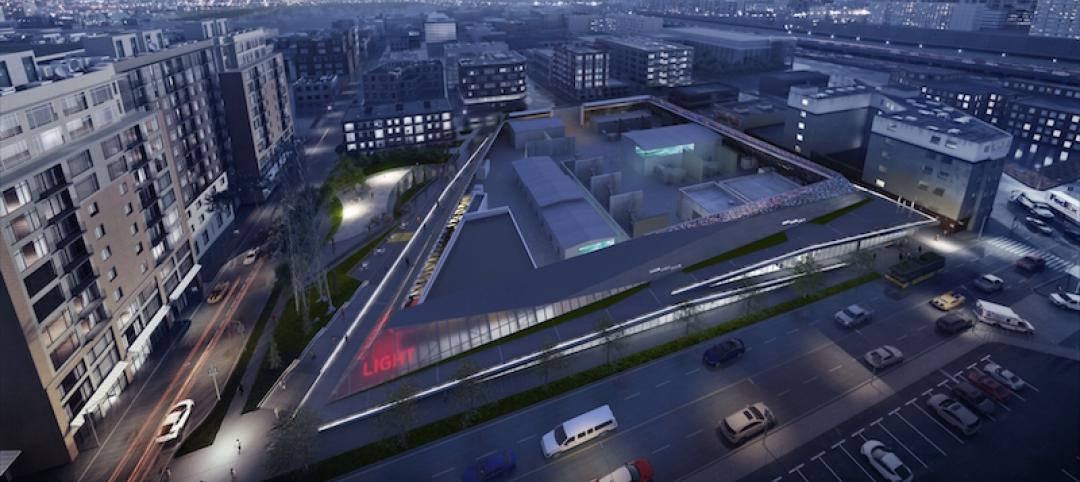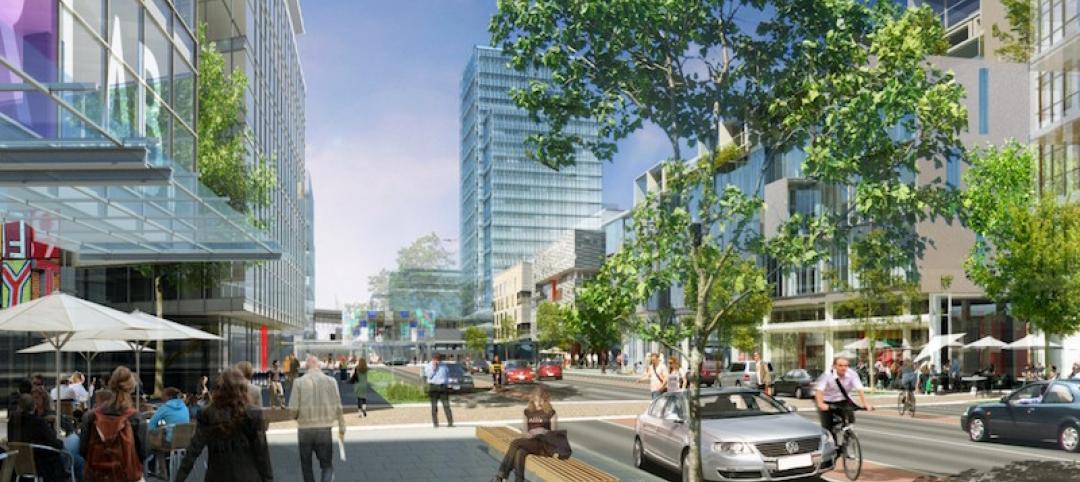One-quarter of city dwellers draws a line that connects the economic and environmental challenges of urban living with negative impacts on their mental health and well-being, and nearly as many urbanites say the challenges can affect them physically.
Those are some of the key findings in an “Architects of Change” report, based on an 11-question survey of 4,024 city dwellers in the U.S., United Kingdom, Germany, and Italy, commissioned by Chaos, a global leader in 3D visualization tools, and conducted on January 3-8, 2024, by Censuswide.
The report combines a rather bleak portrayal of city living with analysis—by John M. Cays, Associate Dean for Academic Affairs at New Jersey Institute of Technology’s Hillier College of Architecture and Design—that offers suggestions about how architects and designers might visualize the city of the future in ways that make urban living more palatable for residents, especially those age 35 to 44 who are most likely to purchase a house and become parents.
Climate change is adding stress to urban living
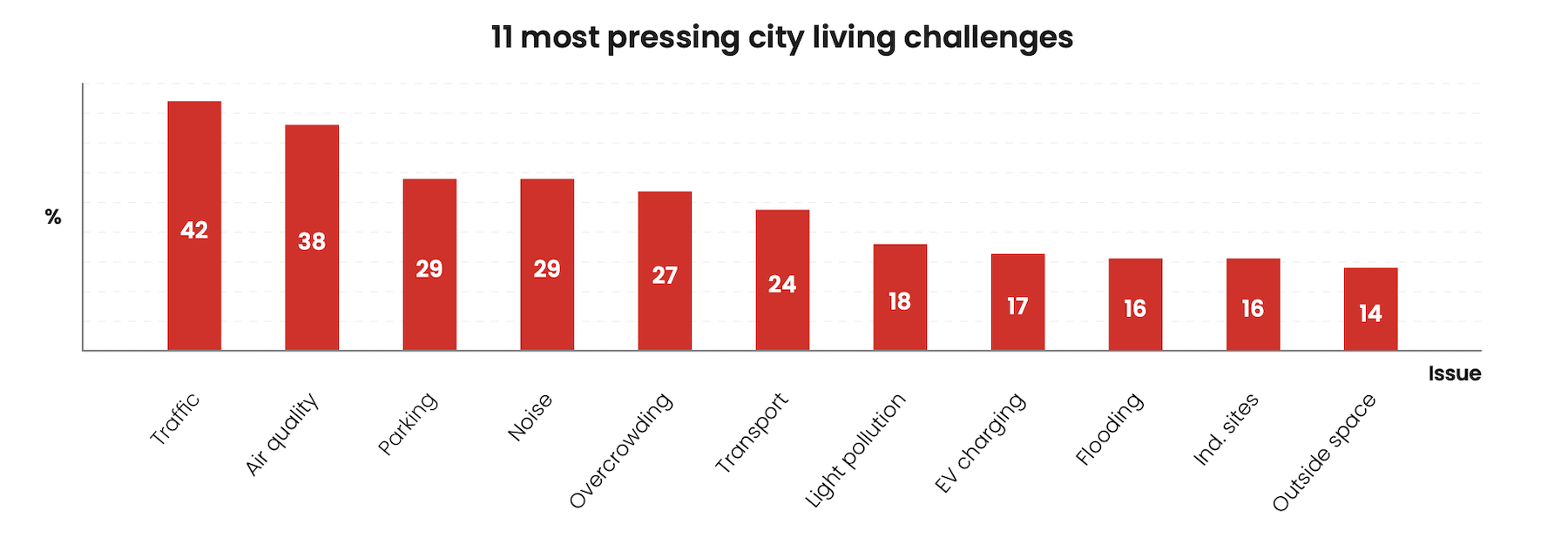 While the respondents were pretty evenly divided among age, income, and geographic cohorts, the “common” respondent lives in a three-person household. Ten percent lives alone, and 13 percent lives in a household of five or more people. The respondents ranged from 16 to 55-plus years old, with the greatest portion falling within 35 and 44. Fifty-six percent of respondents—and 70 percent in the U.S. and Italy—owns homes outright.
While the respondents were pretty evenly divided among age, income, and geographic cohorts, the “common” respondent lives in a three-person household. Ten percent lives alone, and 13 percent lives in a household of five or more people. The respondents ranged from 16 to 55-plus years old, with the greatest portion falling within 35 and 44. Fifty-six percent of respondents—and 70 percent in the U.S. and Italy—owns homes outright.
Nearly three-quarters, 73 percent, of the survey’s respondents have lived in cities for at least five years. But that number drops to 28 percent when so-called nonnatives—people who were born in cities and have lived there all their lives—are excluded.
(The report links mobility and income. Among respondents with incomes of more than $45,501, the number of nonnatives who have lived in cities five years or fewer exceeds those who have lived in cities five years or more.)
The urban living experience can be stressful, especially when now when housing prices and rents are escalating. Sixty-three percent of respondents connect how much they pay for housing with declines in their quality of life. Nearly half, 47 percent, were considering moving to less-expensive housing markets. And 73 percent worry about the rising cost of energy.
City dwellers must put up with all kinds of annoyances, too. Forty-two percent of respondents cited traffic congestion, followed by access to parking (29 percent) and noise pollution (29 percent). The good news for AEC firms is that these complaints leave open the door for building improvements in soundproofing and in-home air filtration.

Cities are also at the doorstep of climate change, and their residents are noticing. Fifty-seven percent of respondents said they feel temperate extremes that affect their mental health and well-being. Another 21 percent cited weather extremes as a reason for moving. Three-fifths of respondents said they are willing to pay for solar panels that would lessen the impact of environmental change. And more than one-quarter of those survey sees climate change as a driver for storm- and floodproofing their homes.
(One finding that’s hard to explain: households with six or more people expressed the least concern for environmental design changes.)
Does urban living reinforce enduring home qualities?
More than three-fifths of those polled say that urban living places more economic pressure on them. Not surprisingly, lower-income city dwellers are feeling that pressure more acutely; however, energy costs are palpable as well for higher-income residents who are likely to be living in larger homes that consume more energy.
Cays, the Hillier College dean, observed the rise in micro housing units as one solution to housing inflation. And while the enduring qualities of a home—as a place of refuge, gathering, and repose—will remain constant, Cays can also envision tomorrow’s homes as “simply bathing and sleeping hubs,” with additional needs, like cooking and recreation, more external communal services.
On the climate change front, Cays’ analysis was more general and obvious. He said that any solutions must reflect geographic diversity, and that understanding building performance can make cities more adaptable to change.
Millennials are vulnerable to urban living pressures
 The report presents Millennials as the lifeblood of cities, but also as the age group most vulnerable to the pressures of urban living. Their biggest reason for leaving cities is rising housing costs. And if cities can’t hold onto their Millennial residents and attract new ones, those cities are likely to close schools, lose small businesses and entertainment venues, and see declines in the arts, healthcare, and open spaces.
The report presents Millennials as the lifeblood of cities, but also as the age group most vulnerable to the pressures of urban living. Their biggest reason for leaving cities is rising housing costs. And if cities can’t hold onto their Millennial residents and attract new ones, those cities are likely to close schools, lose small businesses and entertainment venues, and see declines in the arts, healthcare, and open spaces.
Cays said that architects can visualize urban design that supports families, provides schools and open spaces, and “incentivizes the protection and promotion of communities.”
Related Stories
Mixed-Use | May 24, 2017
Schmidt Hammer Lassen Architects will develop mixed-use project on former site of Carlsberg Brewery
The 36,000-sm project will cover a city block and include a residential tower.
Mixed-Use | May 23, 2017
45-story tower planned for Miami Worldcenter
Pickard Chilton Architects will design the 600,000-sf 110 10th Street.
Movers+Shapers | May 8, 2017
Movers + Shapers: Charm City's lucky charm
Under Armour’s Kevin Plank launches a $5.5 billion redevelopment to transform Baltimore into “the coolest city in America.”
Urban Planning | Apr 24, 2017
No Small Plans hopes to inspire Chicago teens to design the city they want
Launched with a Kickstarter campaign, the Chicago Architecture Foundation aims to get No Small Plans into the hands of thousands of Chicago teens.
Urban Planning | Apr 20, 2017
Times Square renovation officially opens
The Snøhetta-designed project nearly doubles the size of public space at one of the most visited attractions in the U.S.
Architects | Apr 20, 2017
‘Gateways to Chinatown’ project seeks the creation of a new neighborhood landmark for NYC’s Chinatown
The winning team will have $900,000 to design and implement their proposal.
Green | Apr 14, 2017
Sunqiao looks to bring agriculture back to Shanghai’s urban landscape
Vertical farms will bring new farmable space to the city.
Industrial Facilities | Apr 12, 2017
Energizing the neighborhood
The Denny Substation in Seattle is designed to give local residents a reason to visit.
Urban Planning | Apr 3, 2017
Capturing the waterfront draw
People seem to experience a gravitation toward the water’s edge acutely and we traverse concrete and asphalt just to gaze out over an open expanse or to dip our toes in the blue stuff.
Urban Planning | Mar 31, 2017
4 important things to consider when designing streets for people, not just cars
For the most part what you see is streets that have been designed with the car in mind—at a large scale for a fast speed.


